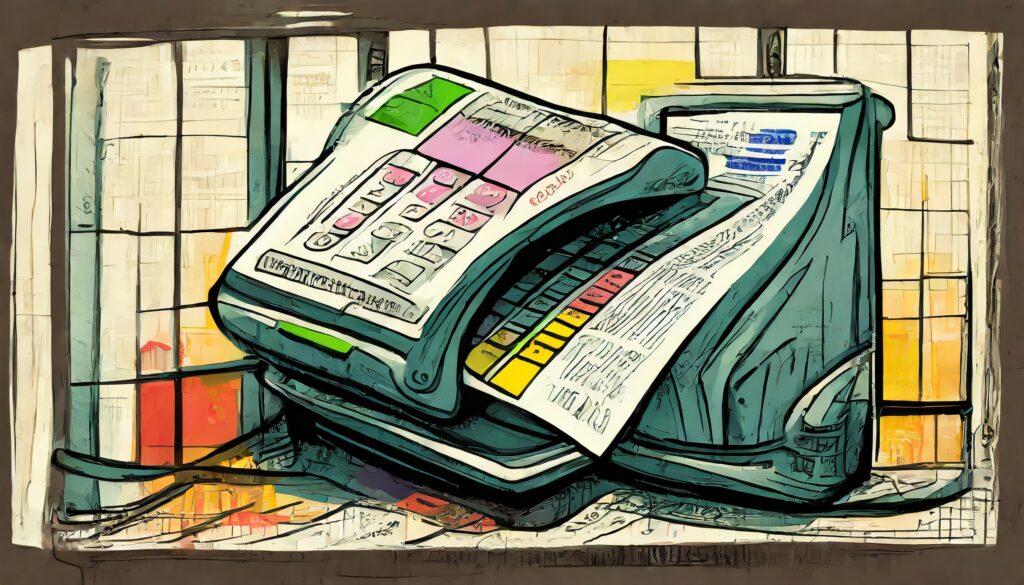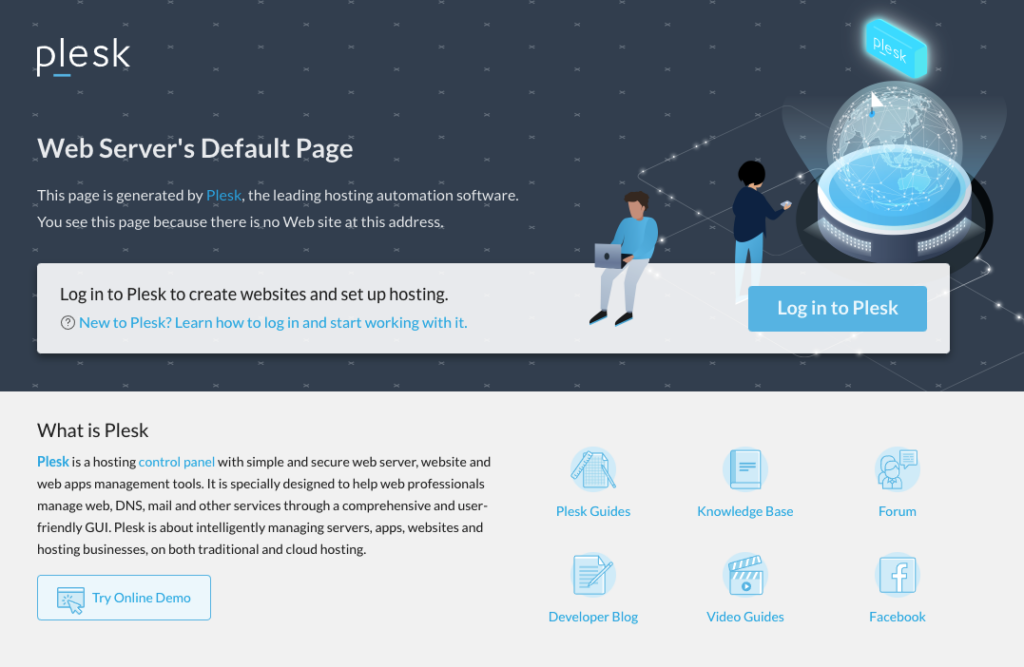Hey you get offa my cloud …
I’ve been using some of the more interesting “cloud” applications recently: Google Apps, Live Mesh and a few others.
I’m really impressed with the capablities and use of these free web applications. It’s a really interesting marketing tool as well: give away the low end product to build user acceptance, and then add a bit more to give value to the enterprise.
My first foray into the personal cloud was Google docs. This product has to be the coolest idea ever: create your documents on a web site, and let them be shared and simultaneously editable. The concept is awesome, and works really well for some documents (most notably spreadsheets). I can share a spreadsheet with any number of people, and they can all edit it at the same time.
Sort of like Netmeeting on steroids, I open my spreadsheet and there’s a little notification that somebody else is editing or viewing it. As they make changes, I see them in real time, and they see any changes I am making. Now the interface is not quite as friendly as Excel, but for most of the spreadsheet light users like myself, it’s more than adequate.
This is supposed to work for documents as well, but I’ve had less success with them (changes seem to get overwritten if more than one person updates at a time).
The other beauty of this is it effectively gives you a network storage for all of your documents, solving the problem of how to keep them safe and secure. I no longer have to worry (as much) about backing up my hard drive, since I know Google is taking care of the hardware. If a drive crashes there, they are ready with a failover, and I never even know that it was lost.
After using docs for a while, I also started playing with the other apps and found them all well thought out and useful. One of the main reasons that I had a Windows VM on my Mac was to support Outlook because of it’s tight Exchange integration, and ability to handle my calendar well. I combined Outlook with Plaxo to keep my various calendars and contacts in synch, and was very happy with this.
The bad thing about Outlook however is the way it stores its’ data: the dreaded PST file. They’re notoriously tempermental, extremely space wasteful, and difficult to back up. So I started trying other methods for dealing with email, including the built in mail client for Mac, and Entourage. None of these were as easy or as complete as Outlook.
Then I tried GMail‘s client. I’d had an account for years, but had never really tried the mail client. But as I thought things through, the benefits were clear: I get a huge amount of storage for my email, and I don’t have to worry about losing any history ever. I’ve lost years of email in a single PST or drive crash before.
At first I wasn’t convinced. The UI seemed cluttered, and I wasn’t a big fan of the way the conversations were threaded (in Outlook I used to categorize, and had lots of options for sorting folders just so). With GMail, everything is in a big pile, and you filter by tags. After a few weeks, another benefit became obvious: the fact that I could search for anything in my mail.
In Outlook, there was always a find feature, that if you could get it to work, took a very long time. Worse, it wasn’t possible to search across different mail accounts unless you added some search add-on. I had been using Google Desktop for this for some time, which worked well as long as the index had seen the message I was looking for (it only indexes message as they are opened, so when they get archived the search may find them, but you can’t get to them because it’s pointing to the wrong place).
With GMail, everything is indexed, no matter where it is. And interestingly, this also includes your instant messages, so if I remember I talked to Warren about something, I can search for it and GMail will find it in both my email and chat conversations with him. And when I look at a message, it shows me the whole thread of the conversation, with the bits that match the search expanded, making it easy to put the whole thing in context.
So now I’ve got free document storage, free email with more storage than I’ve ever used (a PST with 10 years of email had to be split because it was over a gigabyte in size, yet contained less than a hundred megabytes of data). I don’t have to manage my email any more than to tag it in ways that are useful to me (and I can tag it for multiple things, and there is still only one copy of the message to worry about, unlike with folders where you had to have two copies if you wanted to categorize things that way).
So how does Google monetize this? Well, it turns out they have an enterprise version that they sell for $50 per year per user. Compare that with the cost of hosting Exchange, and a file server, and you have a no brainer for most small enterprises. And even for the standard version, they let you use it for free for up to 50 users, so a SMB can get started for even less than the $50 per user.
Considering the Microsoft equivalent functionality would require the full Office suite, and Exchange server, and some collaboration server, you’d be looking at an outlay of a few hundred dollars per user. The clear win here is that you’ve now got a suite that works for the home user, and can also be used effectively by business users. Google wins on the marketing front, leveraging the lessons of open source to gain customer base and entry into the enterprise market.
Next: Live Mesh …


